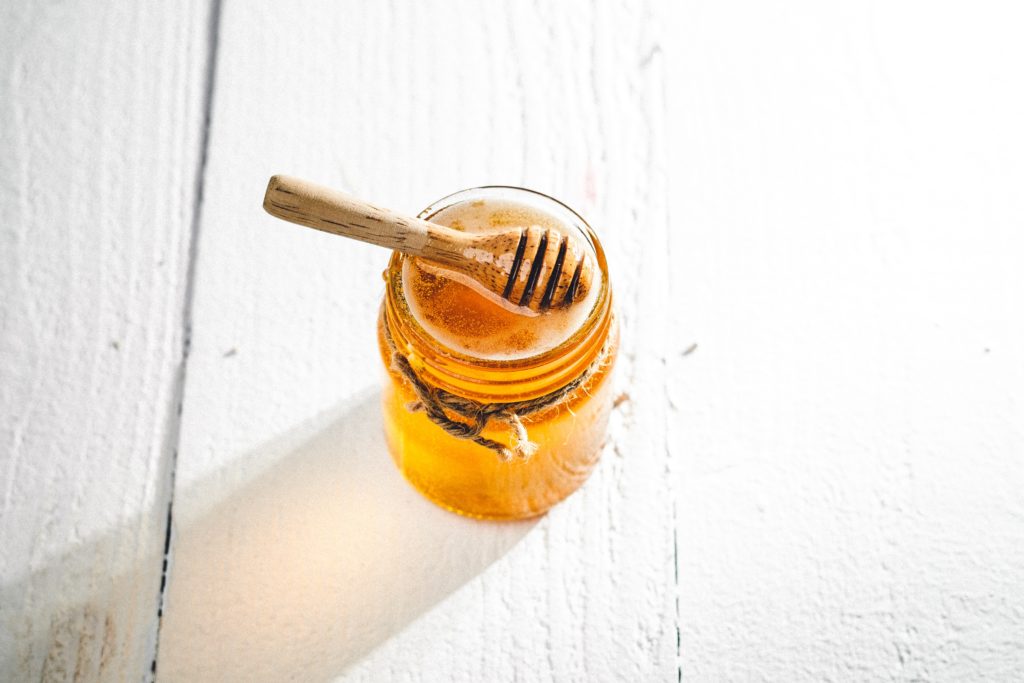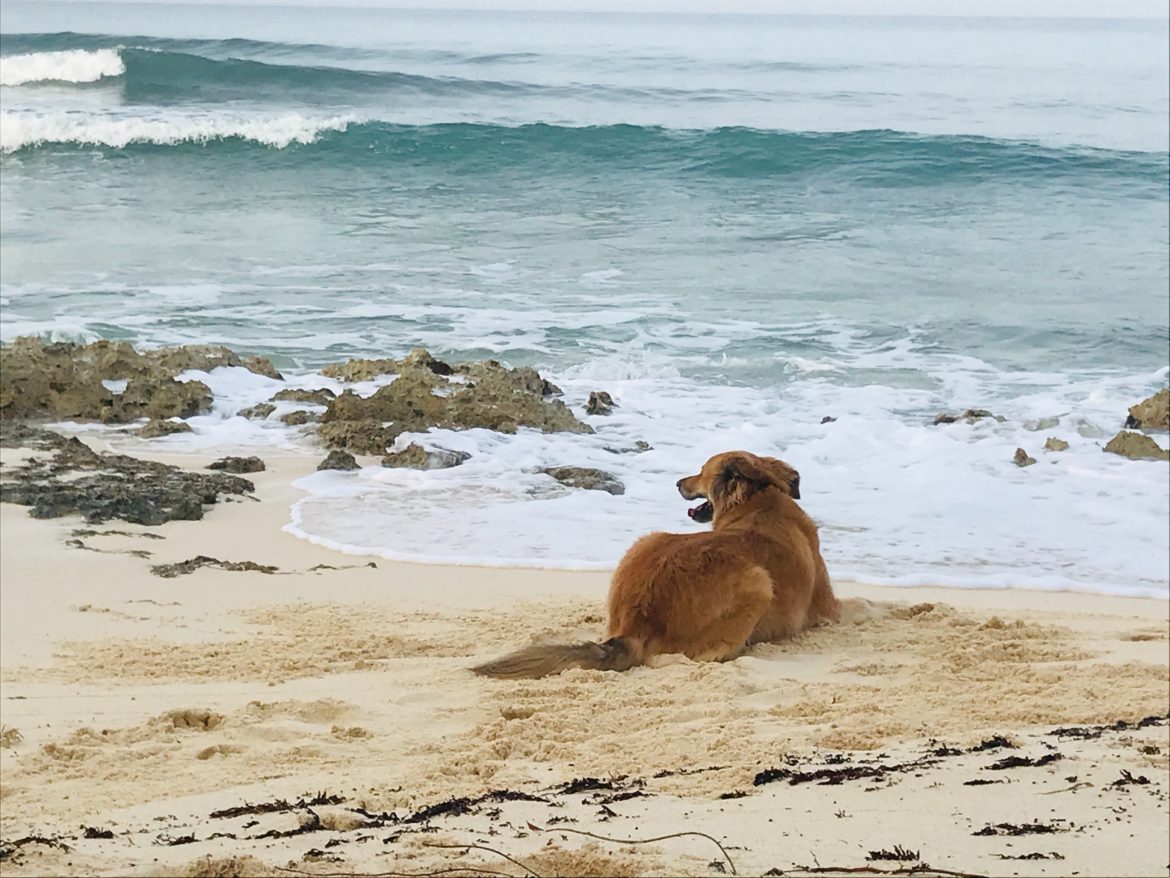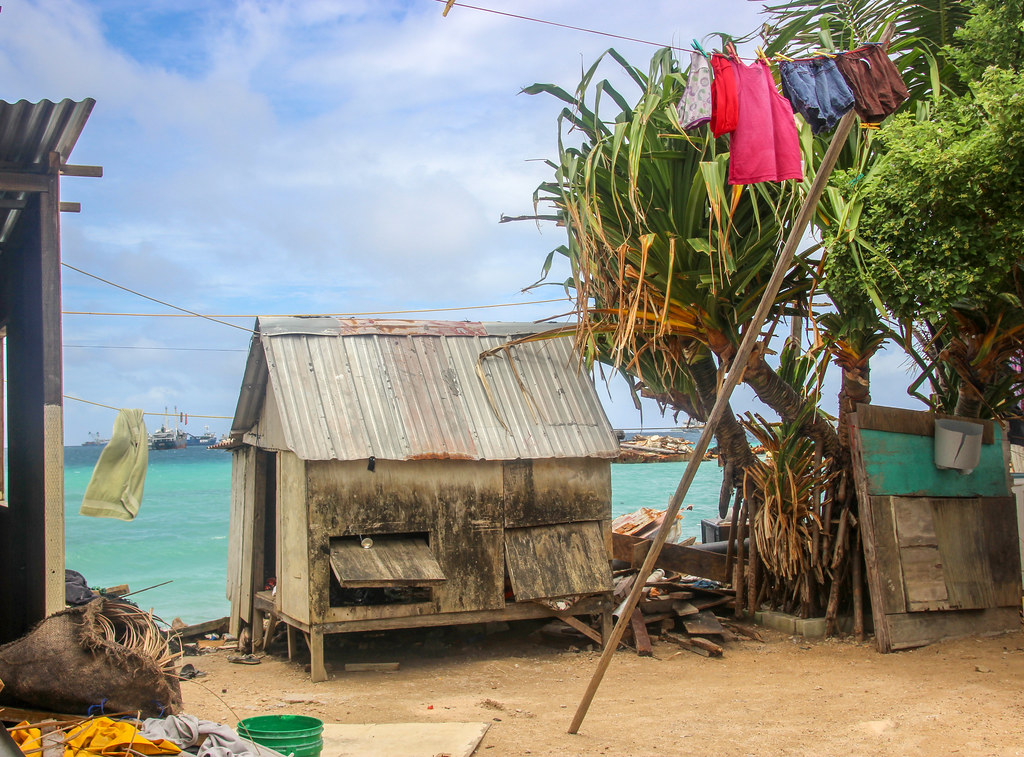Getting attached by a dog on Marshall Islands was a life-changing experience. I painfully realized the importance of knowing the dog culture in foreign lands and even more, the therapeutic steps to take after being bitten by a dog. Eventually, I also learned why to keep Manuka Honey for wound care in my travel kit. Read on to learn about my misadventure and dog bite tips.
Marshall Islands as a Port-of-Call
As an Acupuncturist on a cruise ship, crossing the Pacific from Alaska to Singapore, we stopped in the middle of the Pacific at the exotic and historic Marshall Islands. The islands sit on submerged volcanoes, consisting of 29 atolls and 5 islands.
It was the location for a Japanese WW II airfield, later occupied by the U.S. Unfortunately, the American government also used these islands as a nuclear testing ground from 1946-62. We spent a day on the largest atoll, surrounding a 655 square mile sparkling turquoise lagoon at the city capital, Majuro. My intention was to wander and just take in the pacific breeze, while exploring this unique paradise, with a very shadowy history.
Immediately, I feel uneasy about getting off the ship, but continue anyway, as it’s doubtful I will ever return here. I walk along the water, observing the beautiful coral reef and to my surprise, rusty World War II relics and flotsam, like truck and airplane parts, etc. The random military vestiges are an intriguing contrast to the islands’ breathtaking beauty.
Surreal Experience Getting Attacked by a Dog
I want to respect the locals privacy here, however, it’s difficult to know what is their homes. On this island, many live in little huts, looking to me like a utility shed. I walk past a tiny metal shed toward the water and notice a pair of feet sticking out from a man sleeping. Hmm, I begin feeling uneasy and ready to turn around when suddenly, I feel something brush against my ankle.
I look down to see a mid-sized, stocky dog clamping his jaw around my ankle and holding on. It’s strange because he doesn’t growl or even act hostile. He just silently keeps his jaw clamped around my ankle. I don’t want to get hostile with the dog. My gut tells me to ease my way out of this situation… So, I slowly drag my leg away from him, matching his silence, for about 30-45 seconds, that seemed like an eternity. Finally, he gently lets go and I limp away, never seeing this dog again. I’m bleeding profusely and notice a deep wound (about 1 inch x 1/2 inch) on my left calf. My immediate fear is rabies, but am relieved that I just got my tetanus/lockjaw vaccine.
Back to the Ship for Wound Care
I limp back to the ship and straight to the medical center. Even though the doctor seems unconcerned about rabies, he calls local authorities, confirming there’s never been rabies on these islands. He’s more concerned about giving me antibiotics, which I did take for a week. However, for a couple days, I worried incessantly about this potentially being the first rabies case on the island. Who’s to say a bat in cargo couldn’t bring rabies to the island? Anyway, here I am years later, thankfully, no rabies.
Related: The Ultimate Wellness Travel Essentials Guide & Packing List
Manuka Honey for Wound Care – Dog Bite Tips
I took my antibiotics and wore the dressing for the wound on my leg to heal. After 1 month (back home in Seattle), I realize my wound is staying the same and not properly healing. Even though I have a healthcare background, wound care isn’t my specialty. But, unbeknownst to me, I’m about to get a big lesson healing my own wound. I went to a western medical clinic and my doctor gave me Medihoney (Brand available online), with the main ingredient of New Zealand’s Manuka Honey. I was enthusiastic to use the honey, because I’ve spent a lot of time in New Zealand, hearing so many great things about it.
Going forward, I kept my wound dry, with a slice of the hardened Medihoney, covering my wound and bandage holding it down at all times. After a month-long stagnation in wound healing, within 1 week of using Medihoney, my wound dramatically improves 50%. Surprised and grateful, I became an advocate from thereon. After continuing the Medihoney another 1-2 weeks, the wound completely healed. Since then, I’ve told numerous people my testimonial story, and can’t help but write this blog to spread the good word about this magical honey.
How Manuka Honey Works

There are many reasons why Manuka Honey is so powerful for accelerating wound healing as Dog Bite Tips. This honey is produced by bees who pollinate the New Zealand flower Leptospermum scoparium, commonly known as the Manuka Bush. Its antibacterial properties are what set it apart from traditional honey. Methylglyoxal is its active ingredient, which most likely is responsible for these effects. The synergistic healing properties of Manuka honey are due to its antibacterial activity maintaining a moist wound, plus, its high viscosity providing a protective barrier to prevent infection. Also, the low pH level of honey and high sugar content (high osmolarity), hinder microbial growth.
Dog Bite Tips
If travelling, research beforehand the dog culture of where you are travelling and rabies statistics.
Get Tetanus Vaccine to prevent. If didn’t get a vaccine and receive dog bite, get Tetanus shot immediately.
After dog bite get medical attention immediately. If doctor recommends it, take antibiotic to prevent infection.
If Doctor recommends it, get a rabies shot after dog bite.
Manuka Honey (Medihoney) in First Aid Kit for wound care healing acceleration.
Finally, if not healing appropriately, follow-up with a Doctor.
Final Thoughts on Dog Bites…
This experience was such an eye opener for me! Looking back on lessons from dogs and travel, I now know, be aware of the dog culture beforehand. Being from the U.S., dogs are “Man’s best friend.” However, no matter where we roam, the universal law of dogs is they are territorial, feral or not. And most importantly, I wish only goodwill for this dog that bit me. Instead, my awareness took the bite, and I travel now with more mindfulness about dogs. And I always bring along Manuka Honey (Medi-honey) in my First Aid Kit.
Disclaimer: This article is not intended to diagnose, cure or treat any disease. Consult a health practitioner for any illness or injury.


